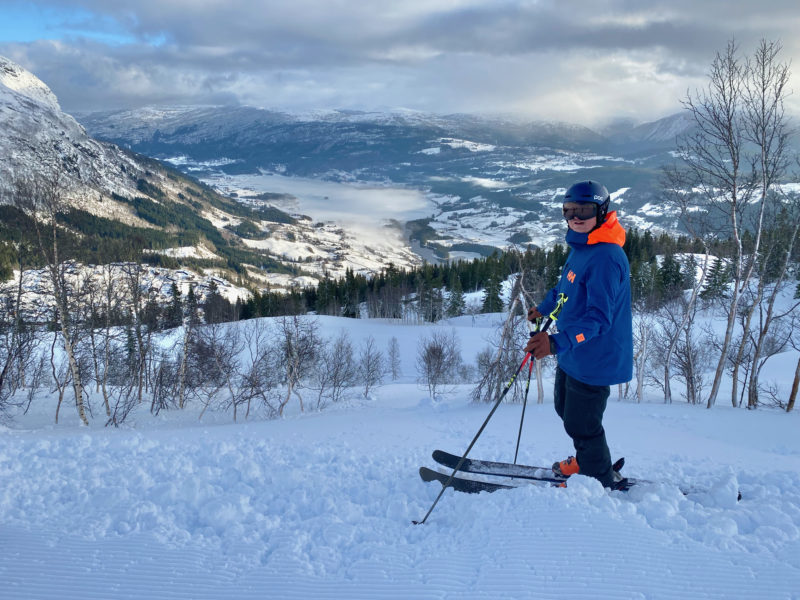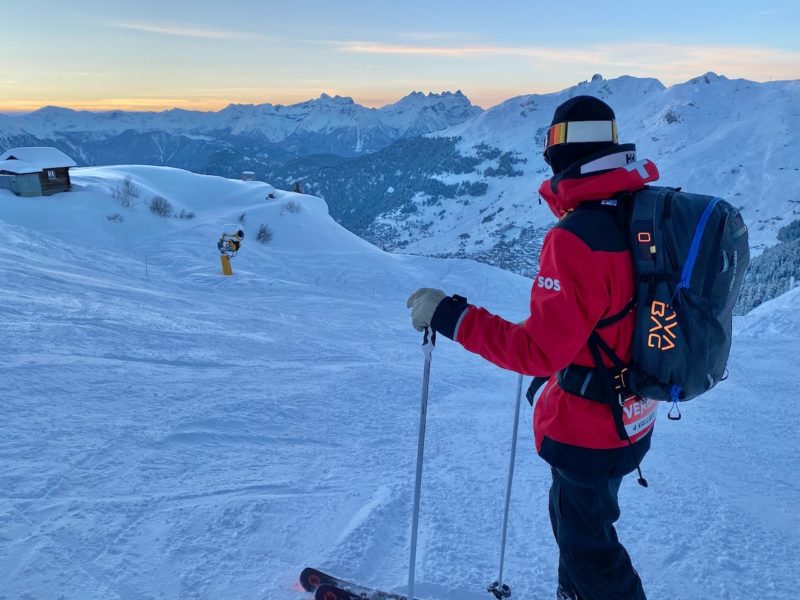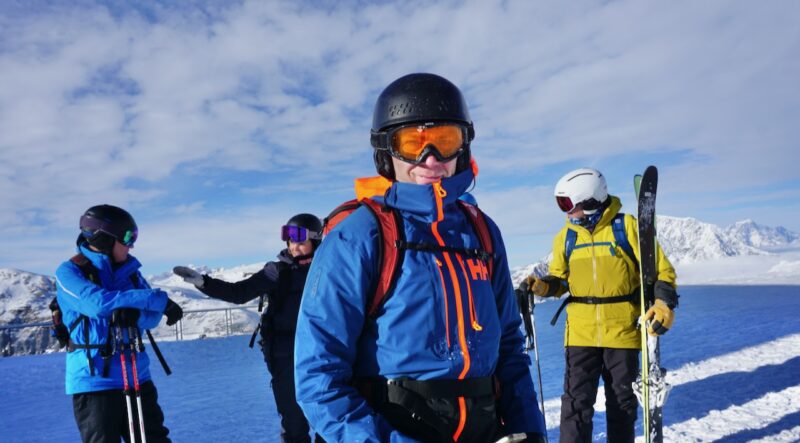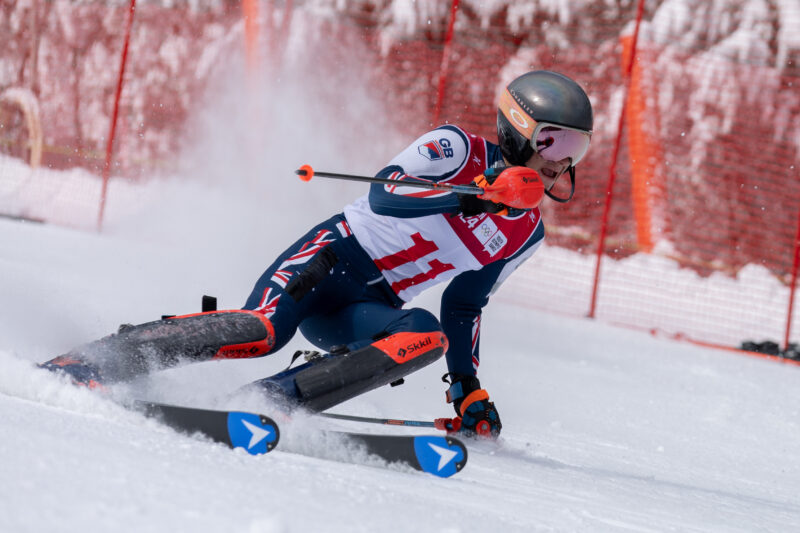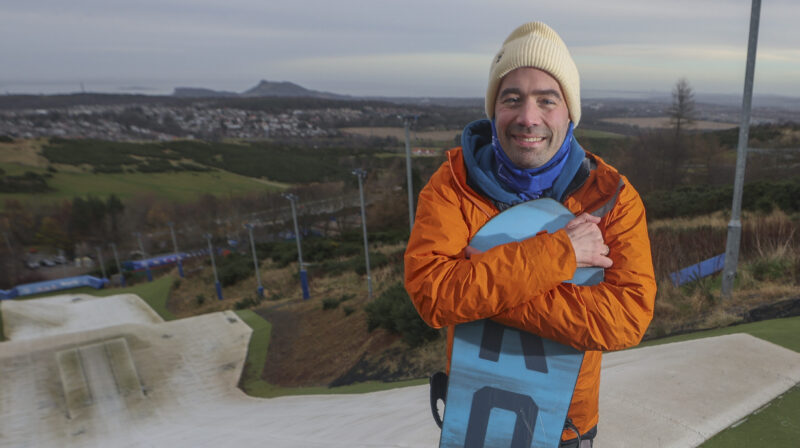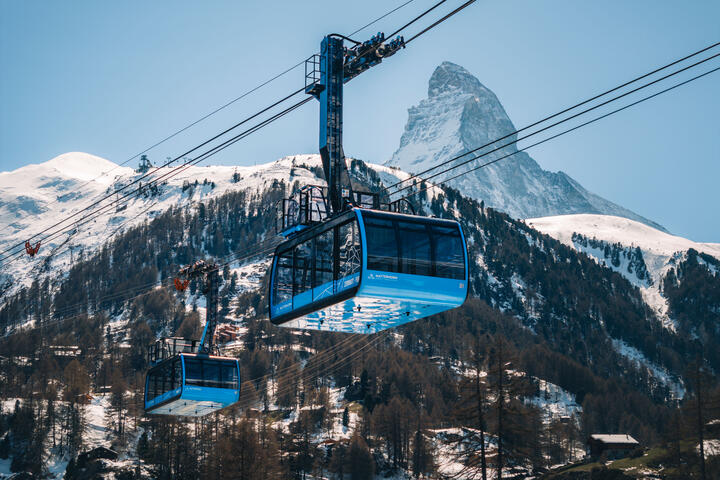Swiss Glaciers Have Lost Half Their Mass in Last 85 Years
29th August 2022
Last modified on February 9th, 2023
Switzerland has nearly half the total number of glaciers in the Alps. The melt rate is accelerating and they may all have disappeared by the end of the 21st century according to a new report. The latest concerns centre on the impact on the water reserves of Europe with glaciers referred to as the ‘water towers of Europe’.
The new study concludes 1,400 glaciers have lost half their ice since the early 1930s.
The latest research has been carried out by ETH Zurich, a federal polytechnic university, and the Swiss Federal Institute on Forest, Snow and Landscape Research.
The researchers estimated that ice volumes on the glaciers had shrunk by half since 1931 until 2016.
Since then, the glaciers have lost an additional 12%, over just six years.
The study was published in scientific journal, The Cryosphere.
“Glacier retreat is accelerating. Closely observing this phenomenon and quantifying its historical dimensions is important because it allows us to infer the glaciers’ responses to a changing climate,” said a co-author of the study, Daniel Farinotti.
The study analysed images from 1931 and the calculated the average for that year.
The team compared the shape and features of the glaciers.
“If we know the surface topography of a glacier at two different points in time, we can calculate the difference in ice volume,” said lead author, Erik Schytt Mannerfelt.

Mont Fort glacier, Verbier. Image © PlanetSKI
The glaciers store the winter snow, and then release some of it over the summer months.
They provide water for Europe’s rivers and reservoirs.
This is used for everything from watering crops to cooling nuclear power stations.
In France and Switzerland nuclear power stations have had to reduce capacity because the water to cool them is limited.
“If this ice is gone, there won’t be any water any more,” said Samuel Nussbaumer of the World Glacier Monitoring Service.
Not all Swiss glaciers have been losing ice at the same rates.
The researchers found that in the 1920s and the 1980s some glaciers actually experienced some growth.
This summer has seen exceptional temperatures across the Alps following a winter of generally poor snowfall.
The glaciers have suffered and many ski resorts have been unable to open for summer skiing.
Passo Stelvio in Italy announced that it was also suspending summer ski operations, Italian resort suspends summer skiing as glacier melts.
Les2Alpes in France was forced to shut early as we reported.
Another French resort, Val d’Isere, didn’t even open its Pisaillas glacier area for summer skiing this year.
While neighbouring Tignes shut early.
Zermatt in Switzerland, usually open year-round, followed next:
Then Fonna in Norway:
Only Hintertux in the Tirol in Austria remains open to the general public.
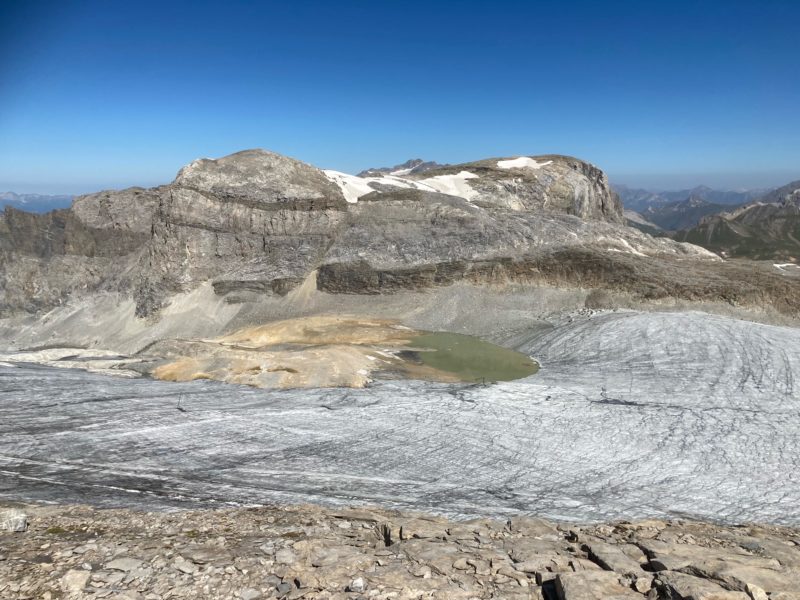
Tignes, France. Image © David Morgan
The melting glaciers have also given up their secrets with planes, fossilised animals, tools and human remains found as the ice melts.
Mummified Chamois Found as Glacier Melts
The animal, a mix of goat and antelope, is believed to be 500 years old and was found on the Gepatschferner glacier in Austria.
The animal was a young female and was around two-feet tall.
Its vertebrae and ribcage were still covered with leathery skin and there was some fur on the hooves.
“It is incredible and it is incredible that she is sitting exactly where we do our research and that we passed right when it was coming out of the ice,” said an alpine glaciologist, Andrea Fischer, to National Geographic.
The animal has been recovered and taken to a laboratory
Glaciers have given up other secrets as the ice melts due to climate change:
Swiss police keep a list of about 200 people who have gone missing in the mountains since 1925.
It is thought more bodies and objects will be revealed as the ice melts.
“Climate change increases the melting of glaciers and accelerates the movement of a glacier,” Robert Bolognesi, a snow scientist and director of Meteorisk, to Swiss public television, RTS.
“So bodies will be directed more quickly towards the bottom of the glacier.”
“There will be many more remains appearing from now on than we have seen in the past,” he added.
The glaciers are melting across other areas of the Alps, and the mountain ranges of Europe.
Chardonnet (3824 m a.s.l.) seen from Trient glacier plateau, Mont Blanc massif
1985 | 2022Pictures: O. Gavillet#DeIcing #Anthropogenic #ClimateCrisis pic.twitter.com/0VNcEQ5EYO
— Melaine Le Roy (@subfossilguy) August 24, 2022
Glaciers in the Pyrenees Set to Disappear
The glaciers in the Pyrenees mountain range are predicted to melt in three decades.
The Gourgs Blancs glacier has now completely disappeared due to rising temperatures.
The glacier sat at an altitude of 3,128m and was located in the Luchonnais valley region in Haute-Garonne, close to the border with Spain.
The picture in the Tweet below shows a comparison of the glacier at the beginning of the 20th century with another picture taken on August 6th 2022.
Le Glacier des Gourgs Blancs (3128m) dans le Luchonnais s’en est allé… et d’autres vont le suivre. 📷 @julien.laporte.guide pic.twitter.com/wPVNVqHcE7
— Météo Pyrénées (@Meteo_Pyrenees) August 6, 2022
See here for an earlier PlanetSKI article on glaciers melting in the Alps:
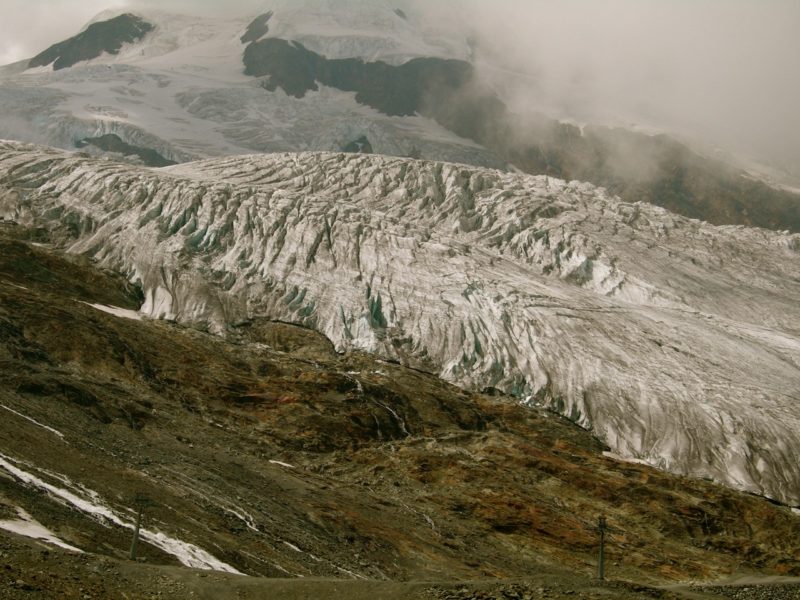
Saas-Fee glacier. Image © PlanetSKI

Image c/o PlanetSKI



